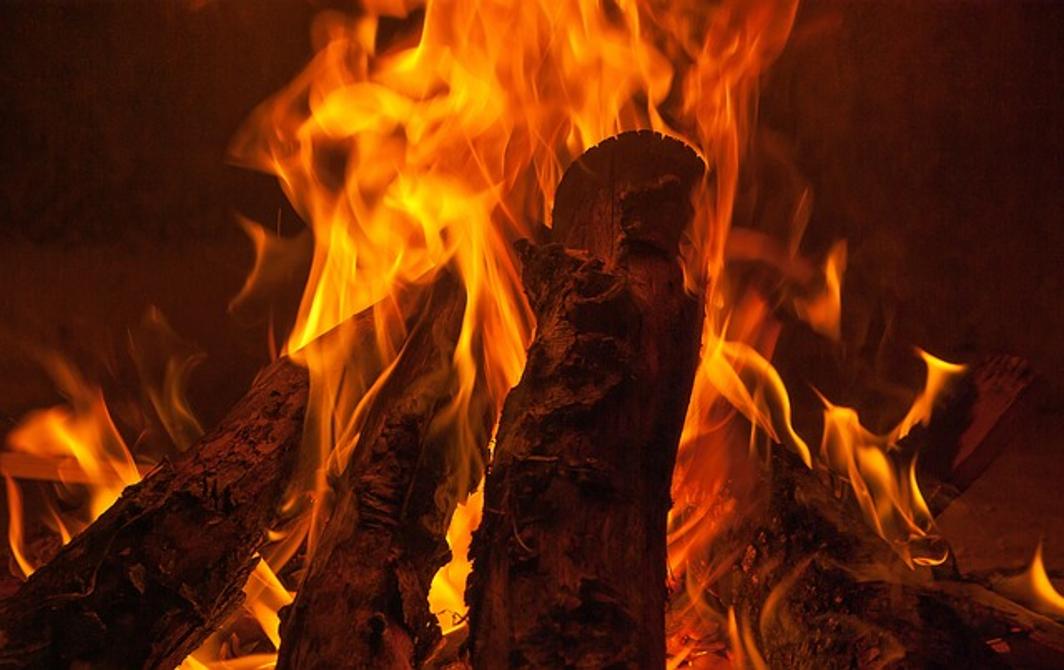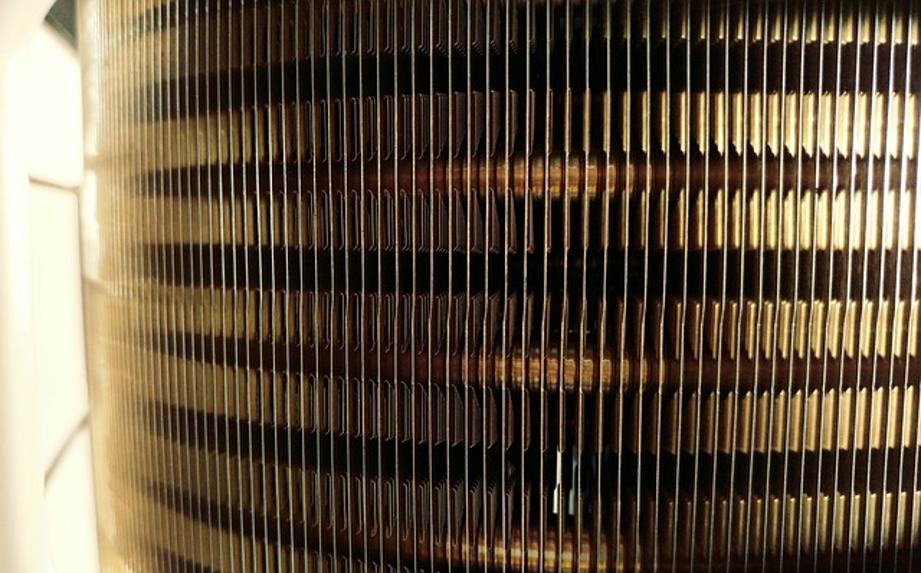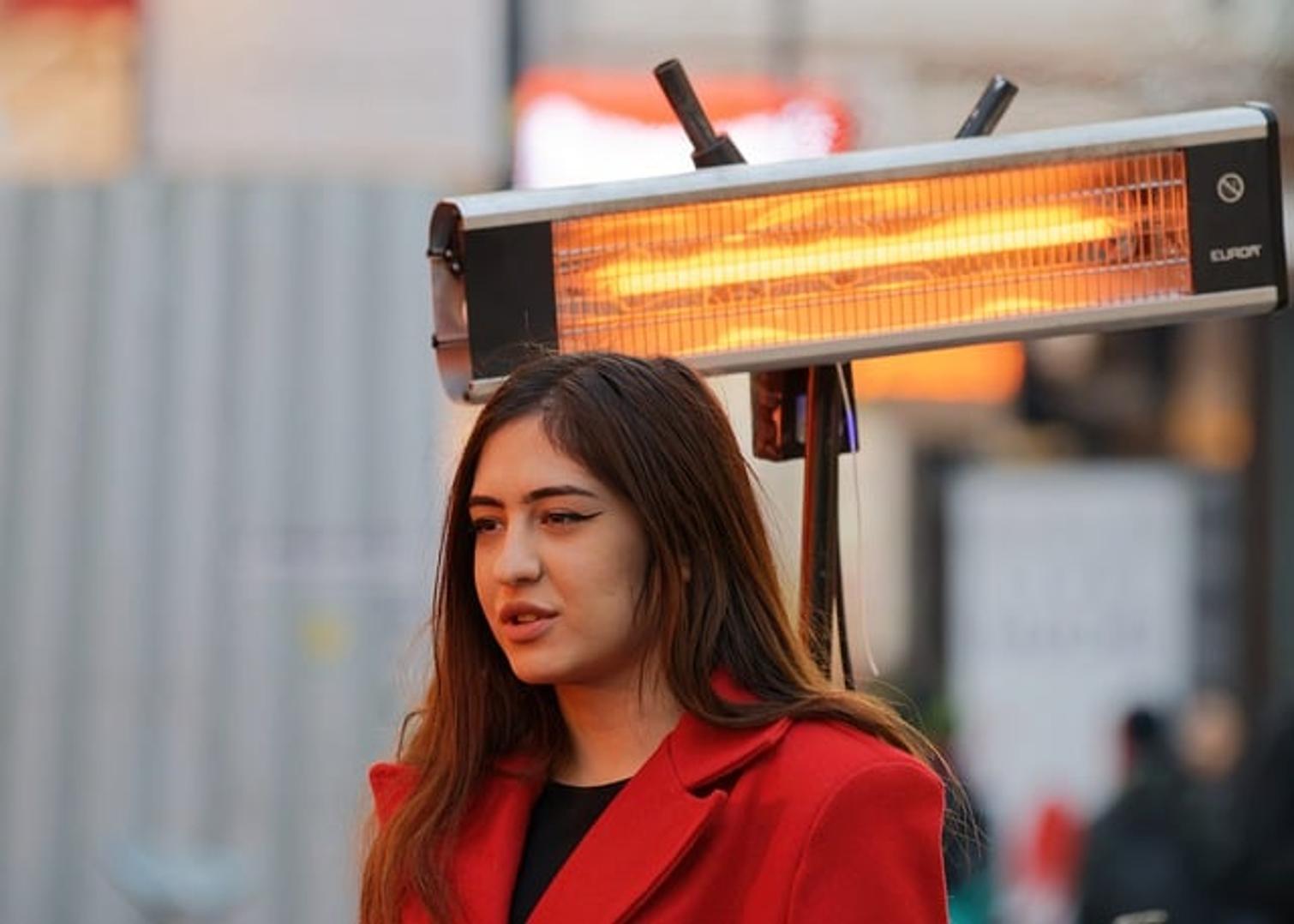Introduction
As colder months approach, ensuring your heating system operates efficiently is crucial for comfort and safety. Whether you have a central heating system, a space heater, an electric heater, or a gas heater, knowing how to turn it on and maintain it can save you from unwanted chills and expensive repairs. This comprehensive guide provides clear step-by-step instructions for different types of heaters, troubleshooting solutions, and essential maintenance tips.

Understanding Different Types of Heaters
Different heaters serve different needs, and understanding which type you own is the first step in ensuring proper operation.
-
Central Heating Systems: These are typically found in homes and buildings and can include furnaces, boilers, or heat pumps. They distribute heat through ductwork, water piping, or steam piping.
-
Space Heaters: These portable devices are ideal for heating small areas or single rooms. They come in various types, including ceramic, oil-filled, and infrared.
-
Electric Heaters: These heaters convert electricity into heat and are known for their simplicity and efficiency. Examples include baseboard heaters and electric fireplaces.
-
Gas Heaters: Powered by natural gas or propane, these heaters are renowned for their ability to quickly heat large areas. They include wall-mounted units, portable outdoor heaters, and gas fireplaces.
Knowing your heating system is key to operating it correctly and ensuring it delivers efficient warmth throughout its lifespan.

Preparing Your Heater for Use
Before turning on your heater, some preparatory steps are essential for safe and efficient operation. Ensuring your system is in good condition will help you avoid any surprises.
-
Check the Vents and Filters: Ensure that vents and filters are clean and unobstructed. Dirt and debris can hinder airflow and reduce efficiency.
-
Inspect for Damage: Look for any visible damages or wear and tear, whether in the wiring, ducts, or the unit itself.
-
Test the Thermostat: Make sure your thermostat is functioning correctly by setting it to a higher temperature and listening for the heater to start.
Taking these preliminary steps helps in catching potential issues early, ensuring your heater is ready for the season ahead.

Step-by-Step Instructions to Turn On Your Heater
Now that your heater is prepared for use, let’s delve into the specific steps for turning on the different types of heaters.
Central Heating Systems
- Set the Thermostat: Adjust your thermostat to a comfortable temperature and switch it to the ‘heat’ setting.
- Check the Power Supply: Ensure that your heating system is connected to its power source and the circuit breaker is turned on.
- Activate the Pilot Light: For older systems, you may need to check and ignite the pilot light following the manufacturer’s instructions.
Space Heaters
- Location: Place the heater on a stable, flat surface, far from flammable materials.
- Plugin and Turn On: Connect the heater to a power source and set the temperature control according to your preference.
- Monitor Initial Operation: Let the heater run for a few minutes, ensuring there are no unusual smells or sounds.
Electric Heaters
- Inspect Power Cord: Ensure the power cord is intact without any frays or damage.
- Connect to Outlet: Plug the heater into a grounded and suitably rated electrical outlet.
- Adjust Settings: Use the control panel to set the desired temperature and mode of operation.
Gas Heaters
- Check Gas Supply: Make sure your gas supply valve is open.
- Ignite the Heater: Follow the manufacturer’s guidelines to ignite the heater. This may involve pressing an ignition button for several seconds.
- Adjust Flame: Once ignited, use controls to adjust the flame for optimum heat output.
Different heaters require specific steps to operate, reflecting their distinct mechanisms and energy sources.
Troubleshooting Common Heater Issues
Even the most well-maintained heaters can encounter problems. Here’s how to address some common issues:
Heater Not Turning On
If your heater is not turning on, consider the following troubleshooting steps:
- Check Power Supply: Ensure the heater is plugged in and the circuit breaker is not tripped.
- Thermostat Settings: Verify the thermostat is set to ‘heat’ and the temperature is higher than the current room temperature.
Inadequate Heating
If your heater is not providing enough warmth, try these solutions:
- Clean Filters: Dirty filters can restrict airflow. Clean or replace them.
- Check Air Flow: Ensure that vents are not blocked by furniture or other objects.
Strange Noises or Smells
Unusual noises or smells can indicate serious issues. Address these problems promptly:
- Listen for Unusual Noises: Grinding or banging noises might indicate mechanical issues.
- Inspect for Gas Leaks: For gas heaters, a smell of gas indicates a leak. Turn off the heater immediately and call a professional.
Troubleshooting these issues promptly ensures uninterrupted warmth and safety throughout the winter season.
Maintenance Tips for Optimal Heater Performance
Regular maintenance can extend the lifespan of your heater and improve its performance. Here are some key maintenance tips:
- Replace Filters Regularly: Clean or change filters monthly during the heating season.
- Inspect Annually: Have a professional inspect your heating system annually.
- Clean Ducts and Vents: Ensure unobstructed airflow by cleaning ducts and vents periodically.
Implementing these maintenance tips guarantees better efficiency and reliability from your heating system.
Conclusion
Effectively using your heater involves understanding its type, preparing it for use, following proper turn-on procedures, troubleshooting any issues, and performing regular maintenance. By following these guidelines, you can ensure a cozy and warm environment during the cold months without facing unexpected problems.
Frequently Asked Questions
What should I do if my heater doesn’t turn on?
First, check the power supply and ensure that the heater is plugged in or that the gas supply is activated. Refer to the thermostat settings and make sure it’s on the correct mode. If the problem persists, consult a professional technician.
How often should I perform maintenance on my heater?
Regular maintenance should be conducted monthly for aspects like filter replacement, and annually by a professional to inspect the entire system.
Are there any safety tips I should follow when using a heater?
Always keep your heater on a stable, flat surface away from flammable materials. Never leave it unattended for long periods, and ensure proper ventilation, especially for gas heaters, to avoid harmful fume buildup.
